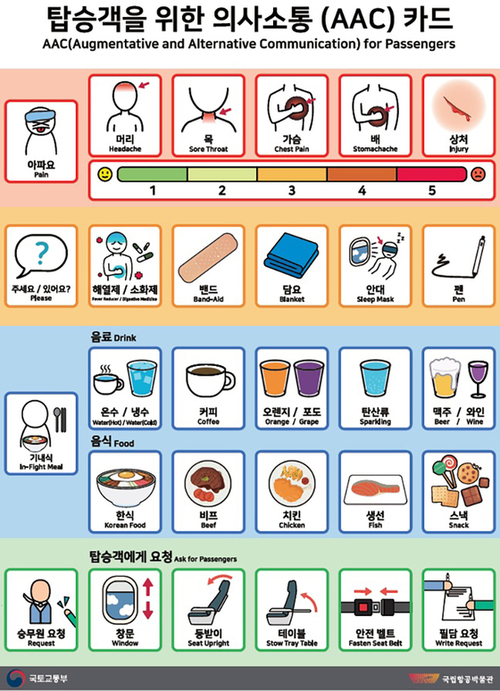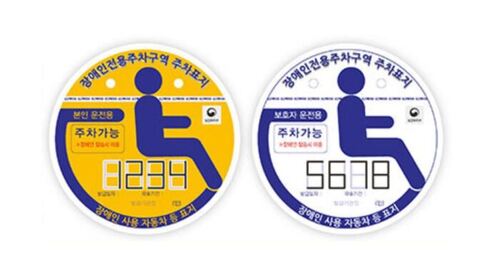|
2.1 주요 키워드 선정과 검색량 파악 2.2 경쟁력 있는 키워드 식별 2.3 장기적인 키워드 추적과 모니터링 방법 2.4 키워드 클러스터링과 연관 키워드 분석 2.5 인기 검색어 및 트렌드 파악 방법 최봉혁기자의 파워블로그 만들기 -블로그 키워드 분석 가이드-2. 블로그 키워드 분석 방법2.1 주요 키워드 선정과 검색량 파악
|
 ▲ 최봉혁기자의 파워블로그 만들기 -블로그 키워드 분석 가이드-2. 블로그 키워드 분석 방법(사진=픽사베이) © 장애인인식개선신문 |
2. 블로그 키워드 분석 방법
2.1 주요 키워드 선정과 검색량 파악
2.2 경쟁력 있는 키워드 식별
2.3 장기적인 키워드 추적과 모니터링 방법
2.4 키워드 클러스터링과 연관 키워드 분석
2.5 인기 검색어 및 트렌드 파악 방법
. How to Analyze Blog Keywords
2.1 Key Keyword Selection and Search Volume Identification
Keyword Research Tools: Utilize keyword research tools like Google Keyword Planner, SEMrush, Ahrefs, or Moz to discover relevant keywords related to your blog's niche. These tools provide search volume data, competition level, and keyword suggestions.
Relevance and Intent: Focus on selecting keywords that are highly relevant to your blog's content and align with the intent of your target audience.
Search Volume Analysis: Analyze the search volume of keywords to identify high-traffic keywords that can potentially drive more organic visitors to your blog.
2.2 Identify Competitive Keywords
Competitor Analysis: Conduct competitor keyword analysis to discover which keywords your competitors are targeting. Identify high-performing keywords they rank for and consider incorporating them into your content strategy.
Long-tail Keywords: Target long-tail keywords that are more specific and less competitive. These keywords can help you attract a more targeted audience.
2.3 Long-term Keyword Tracking and Monitoring Methods
Keyword Ranking Tools: Use keyword ranking tools to track the performance of your selected keywords over time. This will help you understand the effectiveness of your SEO efforts and identify areas for improvement.
Google Analytics: Monitor organic search traffic and keyword performance through Google Analytics to evaluate the success of your keyword strategy.
2.4 Keyword Clustering and Related Keyword Analysis
Keyword Clustering: Group related keywords into clusters based on their semantic similarity. This approach helps you organize your content and identify content gaps or opportunities.
LSI Keywords: Utilize Latent Semantic Indexing (LSI) keywords - terms that are semantically related to your target keyword. This improves the relevancy of your content and enhances search engine visibility.
2.5 How to Identify Popular Search Terms and Trends
Google Trends: Use Google Trends to identify trending topics and popular search terms. This data can help you create timely content that resonates with a broader audience.
Social Media Listening: Monitor social media platforms to identify popular topics and discussions related to your niche. Leverage these insights to create engaging content that addresses current interests.
Industry News and Events: Stay updated with industry news and events to identify potential keywords related to emerging trends. Incorporate these keywords into your content to attract a larger audience searching for fresh information.
By effectively analyzing blog keywords through these methods, you can optimize your content strategy, attract more organic traffic, and stay ahead of the competition. Continuously monitoring and adapting your keyword approach based on statistical data and trends will ensure your blog remains relevant and engaging to your target audience.
2.1 핵심 키워드 선정 및 검색량 파악
키워드 조사 도구: Google Keyword Planner, SEMrush, Ahrefs 또는 Moz와 같은 키워드 조사 도구를 활용하여 블로그의 틈새 시장과 관련된 관련 키워드를 찾으십시오. 이러한 도구는 검색량 데이터, 경쟁 수준 및 키워드 제안을 제공합니다.
관련성 및 의도: 블로그 콘텐츠와 관련성이 높고 대상 고객의 의도와 일치하는 키워드를 선택하는 데 중점을 둡니다.
검색량 분석: 키워드의 검색량을 분석하여 잠재적으로 더 많은 유기적 방문자를 블로그로 유도할 수 있는 트래픽이 많은 키워드를 식별합니다.
2.2 경쟁 키워드 식별
경쟁사 분석: 경쟁사 키워드 분석을 수행하여 경쟁사가 타겟팅하는 키워드를 찾습니다. 순위가 높은 실적이 좋은 키워드를 식별하고 콘텐츠 전략에 통합하는 것을 고려하십시오.
롱테일 키워드: 보다 구체적이고 덜 경쟁력 있는 롱테일 키워드를 타겟팅합니다. 이러한 키워드는 더 많은 대상 고객을 유치하는 데 도움이 될 수 있습니다.
2.3 장기 키워드 추적 및 모니터링 방법
키워드 순위 도구: 키워드 순위 도구를 사용하여 시간 경과에 따라 선택한 키워드의 성과를 추적합니다. 이렇게 하면 SEO 노력의 효과를 이해하고 개선할 영역을 식별하는 데 도움이 됩니다.
Google Analytics: Google Analytics를 통해 자연 검색 트래픽 및 키워드 성능을 모니터링하여 키워드 전략의 성공 여부를 평가합니다.
2.4 키워드 클러스터링 및 관련 키워드 분석
키워드 클러스터링: 관련 키워드를 의미론적 유사성에 따라 클러스터로 그룹화합니다. 이 접근 방식은 콘텐츠를 구성하고 콘텐츠 격차 또는 기회를 식별하는 데 도움이 됩니다.
LSI 키워드: LSI(Latent Semantic Indexing) 키워드를 활용합니다. 이는 대상 키워드와 의미론적으로 관련된 용어입니다. 이렇게 하면 콘텐츠의 관련성이 향상되고 검색 엔진 가시성이 향상됩니다.
2.5 인기 검색어 및 트렌드를 식별하는 방법
Google 트렌드: Google 트렌드를 사용하여 유행하는 주제와 인기 검색어를 식별합니다. 이 데이터는 더 많은 청중과 공감할 수 있는 시의적절한 콘텐츠를 만드는 데 도움이 될 수 있습니다.
소셜 미디어 청취: 소셜 미디어 플랫폼을 모니터링하여 틈새 시장과 관련된 인기 주제 및 토론을 식별합니다. 이러한 통찰력을 활용하여 현재 관심사를 다루는 매력적인 콘텐츠를 만드십시오.
업계 뉴스 및 이벤트: 새로운 트렌드와 관련된 잠재적인 키워드를 식별하기 위해 업계 뉴스 및 이벤트를 계속 업데이트합니다. 이러한 키워드를 콘텐츠에 통합하여 신선한 정보를 검색하는 더 많은 청중을 끌어들입니다.
이러한 방법을 통해 블로그 키워드를 효과적으로 분석함으로써 콘텐츠 전략을 최적화하고 더 많은 유기적 트래픽을 유치하며 경쟁에서 앞서 나갈 수 있습니다. 통계 데이터 및 추세를 기반으로 키워드 접근 방식을 지속적으로 모니터링하고 조정하면 블로그가 대상 고객과 관련성이 있고 참여를 유도할 수 있습니다.
























